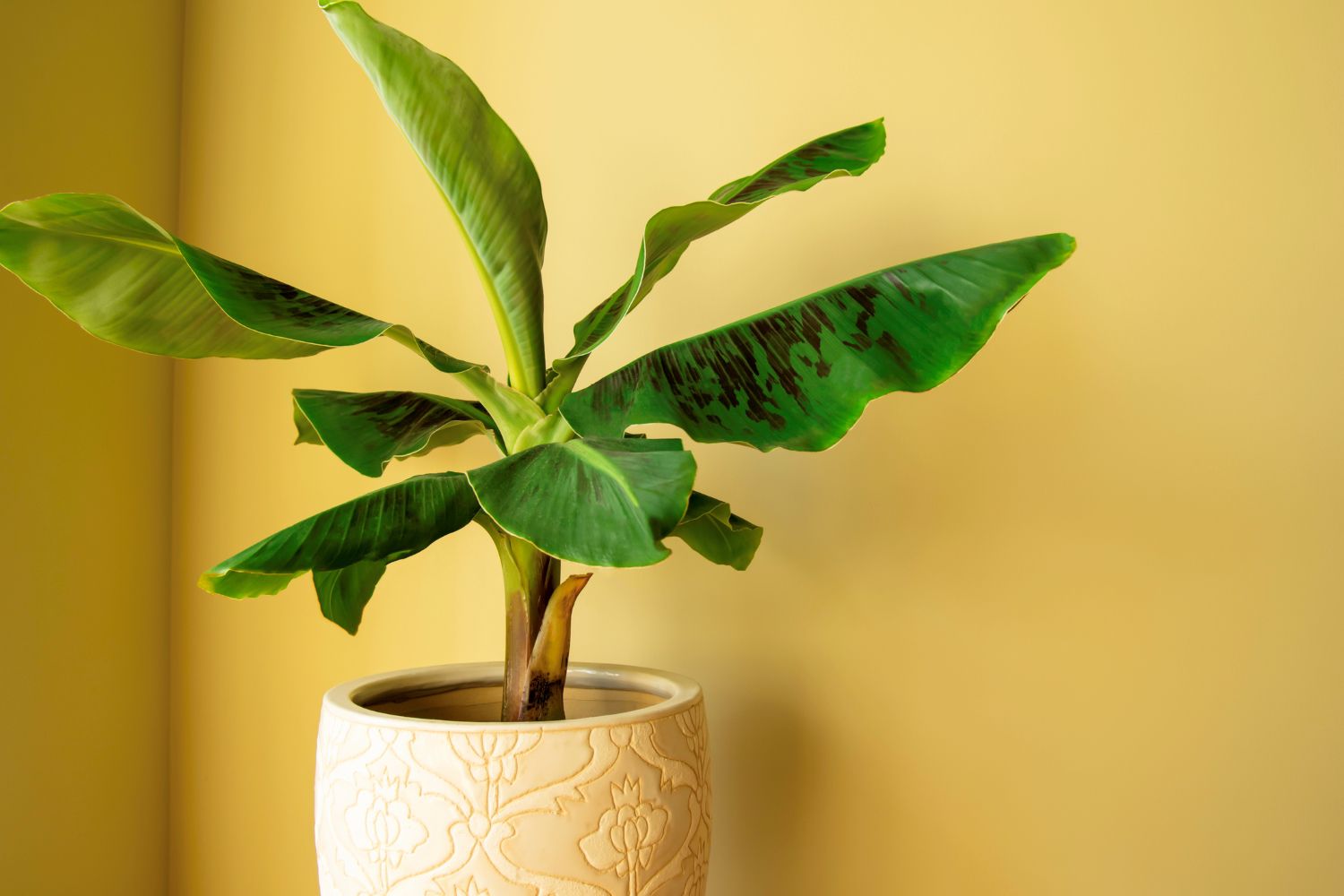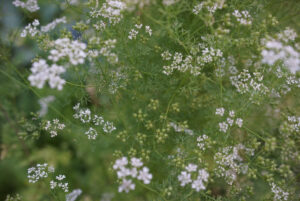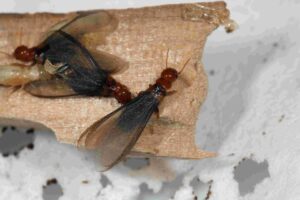
I. Introduction
Cultivating banana trees in pots offers a convenient solution for gardeners with limited space or those seeking to add a tropical flair to their indoor or patio spaces. However, the success of banana tree cultivation hinges greatly upon the soil in which they are planted. In this article, we delve into the nuances of selecting the best soil for banana trees in pots, exploring optimal compositions, suitable types, and essential maintenance practices to foster robust growth and bountiful harvests.
II. Understanding Banana Tree Soil Requirements
A. Optimal soil composition
Banana trees thrive in well-draining soil that retains moisture while allowing excess water to freely flow through. A balance between sand, silt, and clay ensures adequate drainage without compromising moisture retention. Additionally, incorporating nutrient-rich organic matter, such as compost or aged manure, enriches the soil, providing essential elements for healthy growth. It’s crucial to monitor the pH level of the soil, aiming for a slightly acidic to neutral range between 6.0 and 7.0.
B. Environmental factors affecting soil choice
Various environmental factors influence the choice of soil for banana trees in pots. Climate considerations, including temperature and humidity levels, impact soil moisture retention and nutrient availability. The size and material of the container also play a role, with larger containers providing more room for root expansion and stability. Additionally, the location of the pot, whether indoors or outdoors, and the amount of sunlight exposure dictate soil moisture requirements and overall plant health.
III. Types of Soil Suitable for Banana Trees in Pots
A. Loamy soil
Loamy soil, characterized by its balanced combination of sand, silt, and clay particles, serves as an excellent choice for growing banana trees in pots. Its optimal drainage properties prevent waterlogging, while its ability to retain moisture ensures consistent hydration for the plants. Banana varieties that thrive in loamy soil include Dwarf Cavendish and Grand Nain. However, loamy soil may compact over time, necessitating occasional aeration and replenishment of organic matter.
B. Potting mix with compost
Potting mix enriched with compost offers a nutrient-dense substrate for banana trees, promoting vigorous growth and fruit production. Compost adds organic matter to the soil, improving its structure and fertility. When selecting a potting mix with compost, look for blends specifically formulated for tropical plants or fruit trees. Regular applications of compost tea or liquid fertilizer further enhance soil fertility and support the overall health of the banana tree.
C. Specialty soil blends
Specialty soil blends tailored for banana trees provide targeted nutrition and moisture retention capabilities, addressing the specific needs of these tropical plants. Commercial options often include a mix of organic materials, perlite, and vermiculite to ensure optimal drainage and aeration. DIY alternatives allow for customization based on individual preferences and soil conditions. However, it’s essential to choose high-quality ingredients and follow proper mixing ratios to avoid nutrient imbalances or soil compaction.
IV. Tips for Soil Preparation and Maintenance
A. Preparing soil for planting
Before planting banana trees in pots, prepare the soil by amending its texture and structure to promote root growth and nutrient uptake. Incorporate organic matter such as compost, coconut coir, or peat moss to improve soil structure and enhance moisture retention. Conduct a soil pH test to determine if any adjustments are needed, and amend accordingly with lime or sulfur.
B. Monitoring soil moisture and drainage
Regularly monitor soil moisture levels to ensure proper hydration for banana trees while preventing waterlogging or drought stress. Implement a consistent watering regimen, allowing the soil to dry slightly between waterings to prevent root rot. Enhance drainage by adding perlite or coarse sand to the soil mix, especially if using heavy clay-based soils. Consider elevating the pots on saucers or pot feet to allow excess water to drain freely.
C. Nutrient supplementation and fertilization
Banana trees have specific nutrient requirements, including nitrogen, potassium, and phosphorus, essential for healthy growth and fruit development. Choose a balanced fertilizer with a formulation suited for fruiting plants, and apply according to label instructions. Avoid overfertilization, as excessive nitrogen can lead to lush foliage at the expense of fruit production. Supplement soil fertility with organic amendments such as compost, fish emulsion, or seaweed extract to provide additional micronutrients and promote soil health.
V. Conclusion
Selecting the best soil for banana trees in pots is essential for optimizing plant health, growth, and productivity. By understanding the soil requirements of banana trees and selecting appropriate soil types, gardeners can create an optimal growing environment for these tropical plants. With proper soil preparation, maintenance, and nutrient management, banana trees in pots can thrive and reward growers with a bountiful harvest of delicious fruit.


